Short skis make learning switch skiing (backward skiing) easier and more fun. Why? They're lightweight, compact, and super responsive - perfect for quick turns and better control. Unlike longer skis, which can feel clunky and hard to manage, short skis let you focus on balance and movement without the extra struggle.
Here’s the deal:
- Easier to Control: Short skis respond instantly, helping you stay balanced and make tight turns.
- Lightweight: Less weight means less fatigue, so you can practice longer.
- Beginner-Friendly: Compact size makes them less intimidating, especially for first-timers.
- Works Anywhere: Use them on slopes, parks, or even your backyard.
If you’re serious about nailing switch skiing, short skis - like Snowfeet’s Skiblades or Skiskates - are a great choice. They’re designed to help you build confidence fast while keeping things fun. Ready to give it a shot? Let’s dive in.
Switch Skiing Basics and Common Problems
What Switch Skiing Is and Why It's Hard
Switch skiing is essentially skiing backward, and it flips everything you’re used to on its head. Years of forward skiing train your body to react in specific ways, but going backward requires unlearning those instincts and adjusting to a completely different balance point. As Mark Vizer, an experienced skier, explains:
"Alpine skiing forces you to do things which are instinctively all wrong. Logic and reflexes make you lean away from the slippery slope in front of you."
This instinct to lean back becomes even more pronounced on uphill terrain, where your natural reaction is to pull away from what feels like danger. But when skiing switch, leaning back throws off your balance - exactly the opposite of what you need. In forward skiing, you’re used to bending your ankles, knees, and hips to stay in control against forces like gravity and ground pressure. When you reverse directions, those familiar cues disappear, making the whole experience feel awkward and shaky.
The learning curve for switch skiing can feel steep, especially because beginners often tense up. JMM, a skier with decades of big mountain experience, puts it like this:
"Mostly because a beginner is 'gripped' and 'fighting the hill' all the way down."
That tension works against you. Switch skiing demands smooth, fluid movements and quick adjustments, all without relying on poles for balance. It’s all about flexibility and agility, which can be tough to master at first. These challenges also expose why traditional skis often fall short when it comes to skiing switch.
Problems with Long Skis for Switch Skiing
Long skis - like those from brands such as Rossignol, Atomic, Elan, and Head - can make switch skiing even trickier. The main culprits? Maneuverability, weight, and turn dynamics. Longer skis are harder to control in tight spaces, require more effort to make quick turns, and can leave you feeling fatigued faster. Plus, their wider turn radii make it tough to execute the tight, controlled turns you need for stability when skiing backward.
Another big issue is stability at lower speeds. Long skis shine when you’re moving fast, but beginners learning to ski switch often take it slow to build confidence. Unfortunately, this is when long skis can feel wobbly and unpredictable, making the learning process even more frustrating. In other words, the same features that make long skis great for forward skiing become obstacles when you’re trying to master switch skiing. This is where shorter skis, like Snowfeet*, come into play - they’re designed to handle these challenges with ease.
How to Ski Switch | 5 Steps to Carving
How Short Skis Make Switch Skiing Easier
Snowfeet* products tackle the challenges of switch skiing head-on, offering agility and control that make skiing backward a whole lot easier. Unlike traditional ski brands like Rossignol and Atomic, which focus on forward movement and wide turns, Snowfeet* gear is built to help you master the art of skiing in reverse.
Better Control and Quick Turns
Snowfeet* Skiblades (65 cm, 99 cm, 120 cm) and Skiskates (44 cm) are designed to respond instantly, making sharp turns and maintaining balance while skiing backward feel natural. Unlike long skis from brands like Head or Elan - great for big, sweeping turns - short skis give you tighter control and a shorter stopping distance. This combination of control and stability not only helps you stay safe but also boosts your confidence as you navigate switch skiing. When you're constantly adjusting to stay in motion, that extra maneuverability makes all the difference.
Less Weight, More Energy
The lightweight design of Snowfeet* gear is a game-changer for endurance. It keeps your legs from tiring out too quickly, letting you practice longer without feeling like you’ve run a marathon. Plus, their portability means you can explore quieter spots like hiking trails, away from crowded slopes. And when you do take a tumble (hey, it happens), the lighter weight reduces impact, so you can get back up and keep going without hesitation.
A Smoother Ride for Beginners
Snowfeet* gear is versatile enough to handle all kinds of terrain, making it beginner-friendly for switch skiing. Whether you're cruising down gentle slopes or hitting up a snow park, you don’t need separate equipment for different conditions. The proof? With over 5,500 verified reviews and a near-perfect 4.9-star rating, skiers of all levels are loving it.
Nathan F. shares his experience:
"Absolute game-changer! They're light, fast, and incredibly fun to ride."
The patented and award-winning design of Snowfeet* - recognized as a finalist at ISPO and a winner of the A'design competition - sums it up perfectly: "Long enough to ski, short enough to skate. Easy to Learn and Use. Strap in and ride – no lessons needed".
Short skis like Snowfeet* are more forgiving than traditional long skis, helping beginners gain confidence quickly. They make switch skiing not just doable, but genuinely fun and accessible. With these features, Snowfeet* gear empowers skiers to glide backward with ease and style.
Snowfeet* vs Traditional Ski Brands
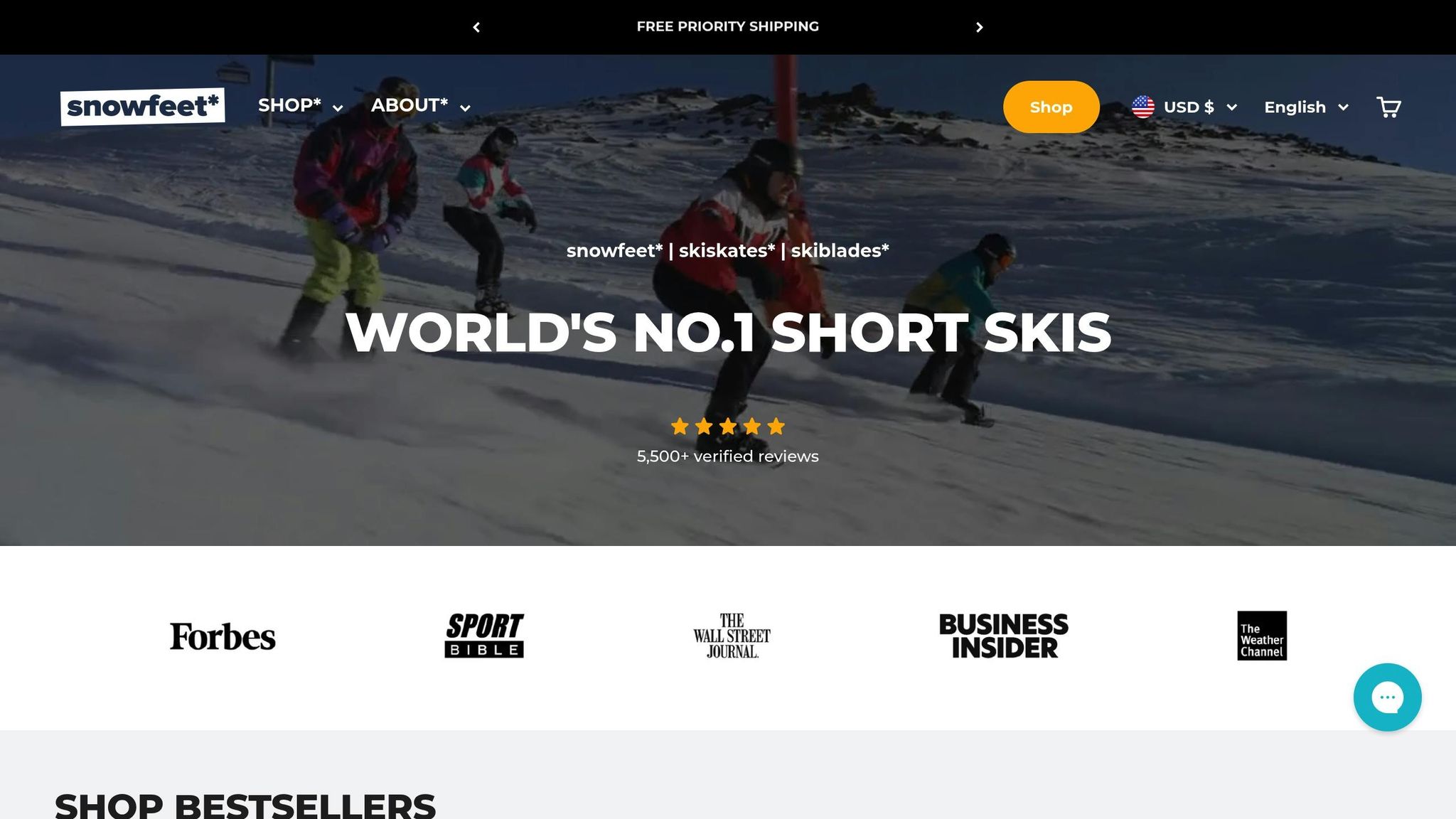
Let’s dive into what makes Snowfeet* gear stand out compared to traditional skis - especially when it comes to switch skiing. While traditional skis are built for forward motion and long-distance stability, Snowfeet* flips the script with gear designed for agility and versatility.
Portable and Easy to Carry
Traditional skis are often bulky and heavy, designed for groomed slopes and requiring special ski bags or roof racks to transport. Snowfeet* products, on the other hand, are incredibly compact. Take the Snowfeet Mini Ski Skates, which are just about 15 inches long, or the Skiblades, which range from 26 to 47 inches. These are small enough to toss into a backpack, making them perfect for taking your switch skiing practice beyond the resort. Whether you're hitting a hiking trail, a backyard hill, or a local park, you won’t be weighed down by cumbersome gear. Plus, their lightweight build means less hassle during transport and more energy for the fun part - skiing.
Works with Different Boots and Terrain
Another thing that sets Snowfeet* apart is its flexibility with footwear. Unlike traditional skis, which require specialized ski boots, Snowfeet* works with regular winter shoes and snowboard boots. This means you can skip the extra expense of buying dedicated boots. On top of that, while conventional skis are at their best on groomed slopes, Snowfeet* is built to handle a wide range of terrains. Whether it’s slopes, parks, trails, or even your backyard, Snowfeet* makes it easier to practice switch skiing and improve your skills wherever you like.
Snowfeet* vs Traditional Skis Comparison
Here’s a quick side-by-side look at how Snowfeet* stacks up against traditional skis:
| Feature | Snowfeet* Products | Traditional Skis |
|---|---|---|
| Length | 15–47 inches (compact and portable) | Typically 60+ inches (designed for forward skiing) |
| Weight | Lightweight (about 3–6 lbs) | Much heavier |
| Maneuverability | Perfect for sharp, agile turns | Built for high-speed stability |
| Boot Compatibility | Works with winter shoes and snowboard boots | Requires specialized ski boots |
| Terrain Use | Handles slopes, parks, trails, and backyards | Best on groomed ski slopes |
| Transport | Fits easily in a backpack | Needs ski bags and roof racks |
| Learning Curve | Easy to pick up with minimal instruction | Often requires formal lessons |
| Switch Skiing | Designed for smooth backward moves | Backward skiing can be tricky |
The philosophy behind Snowfeet* is entirely different from that of traditional ski brands. While traditional skis focus on speed and stability for forward skiing, Snowfeet* prioritizes agility and quick directional changes - key elements for mastering switch skiing. With features like metal edges and fiberglass-reinforced construction, Snowfeet* delivers top-notch durability and performance in a compact, lightweight package. If switch skiing is your goal, Snowfeet* offers the perfect blend of design and functionality to help you get there.
sbb-itb-17ade95
How to Practice Switch Skiing with Snowfeet*
Switch skiing with Snowfeet* can be a fun and rewarding challenge. Thanks to their compact and lightweight design, learning to ski backward becomes much more approachable. With a step-by-step approach, you can make the most of your practice sessions and build confidence as you go.
Pick the Right Snowfeet* Model
The Snowfeet* model you choose plays a big role in how easily you’ll pick up switch skiing. If you’re just starting out, shorter models like the Skiskates (about 17 inches) or Skiblades (around 26 inches) are great options. These smaller sizes are much easier to control, making it simpler to learn the basics of skiing backward.
For true beginners, the Snowfeet* Mini Ski Skates (about 15 inches) are a fantastic choice. Their ultra-compact size lets you focus on getting comfortable with backward motion without worrying about managing longer equipment. Once you’ve nailed the fundamentals, you can move on to longer models like the 39-inch Skiblades or the 47-inch Short Skis to tackle more advanced techniques.
Starting small is the key. Build your foundation with the shorter models before moving on to more challenging equipment.
Begin on Gentle Slopes
Once you’ve got the right Snowfeet* model, the next step is to pick the ideal terrain. Stick to wide, gentle slopes that give you plenty of space to practice without the stress of steep inclines or obstacles. Snowfeet* perform best on well-groomed snow, so beginner-friendly slopes are your best bet for starting out.
Focus on your body positioning as you practice. Keep your shoulders aligned, stand upright, and stagger your feet slightly to open up your torso. This stance is crucial for maintaining balance and control while skiing backward.
Don’t forget to practice looking over both shoulders. It might feel awkward at first, but developing this spatial awareness is a must for confident switch skiing.
Take Advantage of the Lightweight Design
One of the best things about Snowfeet* is their lightweight construction, which makes them super responsive. This responsiveness allows you to practice smooth hip movements and controlled weight shifts with ease.
Use this to your advantage by focusing on how your hips drive your turns. Swing your hips to lead your movements, letting your backside guide the way. The light weight of Snowfeet* makes these motions feel natural, helping you transfer weight between your feet effortlessly and open your hips for better control.
Try practicing transitions into and out of switch skiing at different speeds. This will help you build muscle memory while also boosting your confidence. The lightweight design of Snowfeet* makes these transitions quicker and safer, so you can focus on refining your technique and preparing for more advanced moves.
Why Snowfeet* Works Best for Switch Skiing
Switch skiing requires precision and agility, and traditional skis often fall short in delivering the control needed for this skill. That’s where Snowfeet* products step in, addressing the limitations of conventional equipment and offering a design that supports better performance across the board.
One of the standout features of Snowfeet* is their compact size. Traditional skis from brands like Rossignol, Atomic, and Head typically range from 60 to 75 inches in length. In comparison, Skiskates by Snowfeet* measure just 17 inches (44 cm), while even the longest short skis max out around 47 inches (120 cm). This dramatic size difference makes Snowfeet* far more maneuverable, giving you superior control when skiing backward.
But it’s not just about size. Snowfeet* also shine with their advanced construction. Made with fiberglass-reinforced materials, they’re lightweight yet durable, reducing fatigue compared to heavier traditional skis.
"Snowfeet are not just good, they are amazing. They are very light and portable, so you can take them anywhere with you. Snowfeet are made out of very durable material therefore you can truly rely on them, plus their fantastic feature is that you can put them on your regular winter shoes or snowboard boots."
- Snowfeet Team
Another major advantage? You don’t need bulky ski boots. Snowfeet* work with regular winter shoes or snowboard boots, offering a more natural stance. This eliminates the awkward forward-leaning posture that traditional ski boots force on you - something that’s especially tricky when skiing backward.
Thanks to their compact design, Snowfeet* allow for quick, responsive turns that effortlessly follow your weight shifts and hip movements. Features like metal ski edges provide reliable stopping power, while their sturdy construction can handle slips and stumbles, making them a great choice for both beginners and seasoned skiers.
What’s more, Snowfeet* are incredibly versatile. You can practice switch skiing on groomed slopes, snowparks, or even your local hills - no need to stick to pricey resorts. With all these thoughtful design elements, Snowfeet* don’t just support switch skiing; they make mastering it easier and more enjoyable.
FAQs
Why are short skis great for beginners learning to ski backwards (switch)?
Short skis, such as Snowfeet Skiblades (65 cm, 99 cm, 120 cm) or Snowfeet Skiskates (44 cm), are a game-changer for beginners learning to ski backwards. Their compact design gives you incredible maneuverability and control, making it much easier to balance, turn, and stay centered - key skills for switch skiing. Compared to traditional skis from brands like Rossignol or Atomic, which can feel clunky and harder to handle, short skis are lightweight and super responsive. That extra agility can boost your confidence as you pick up new techniques.
Another big plus? Their smaller size lowers the risk of catching an edge, which means smoother transitions and better stability. Whether you're just trying out switch skiing for fun or working on sharpening your skills, short skis like Snowfeet make the learning process a lot more enjoyable and efficient.
Why are Snowfeet products better for practicing switch skiing than traditional skis?
Why Snowfeet Are Perfect for Switch Skiing
Snowfeet are a game-changer for anyone looking to master skiing backward. Thanks to their shorter length (anywhere from 38 to 120 cm) and lightweight build, they’re much easier to control and maneuver compared to traditional skis. This makes navigating in reverse feel a whole lot smoother.
What sets Snowfeet apart even more is their compatibility with regular winter footwear. Forget the hassle of specialized ski boots - just strap them on over your regular snow boots, and you’re good to go. That’s convenience you don’t get with the longer, heavier traditional skis.
Their compact design also gives you better balance and agility, which means you can focus on nailing your switch skiing technique instead of wrestling with oversized gear. Whether you're just starting out or you’ve been on the slopes for years, Snowfeet make skiing backward not just manageable but seriously fun.
Can I use Snowfeet with regular winter shoes, and how does it affect my skiing experience?
You can absolutely pair Snowfeet with regular winter shoes or snowboard boots, making skiing a breeze in terms of both convenience and comfort. Regular winter shoes give you solid ankle support and are waterproof, helping with control and safety while you’re out on the snow. If you’re after even more stability, snowboard boots are a fantastic option, especially if you’re tackling tougher slopes.
This flexibility makes Snowfeet an awesome choice for anyone who wants to dive into skiing without investing in specialized ski boots. It’s a simpler, more approachable way to enjoy the slopes compared to traditional skis.














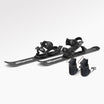







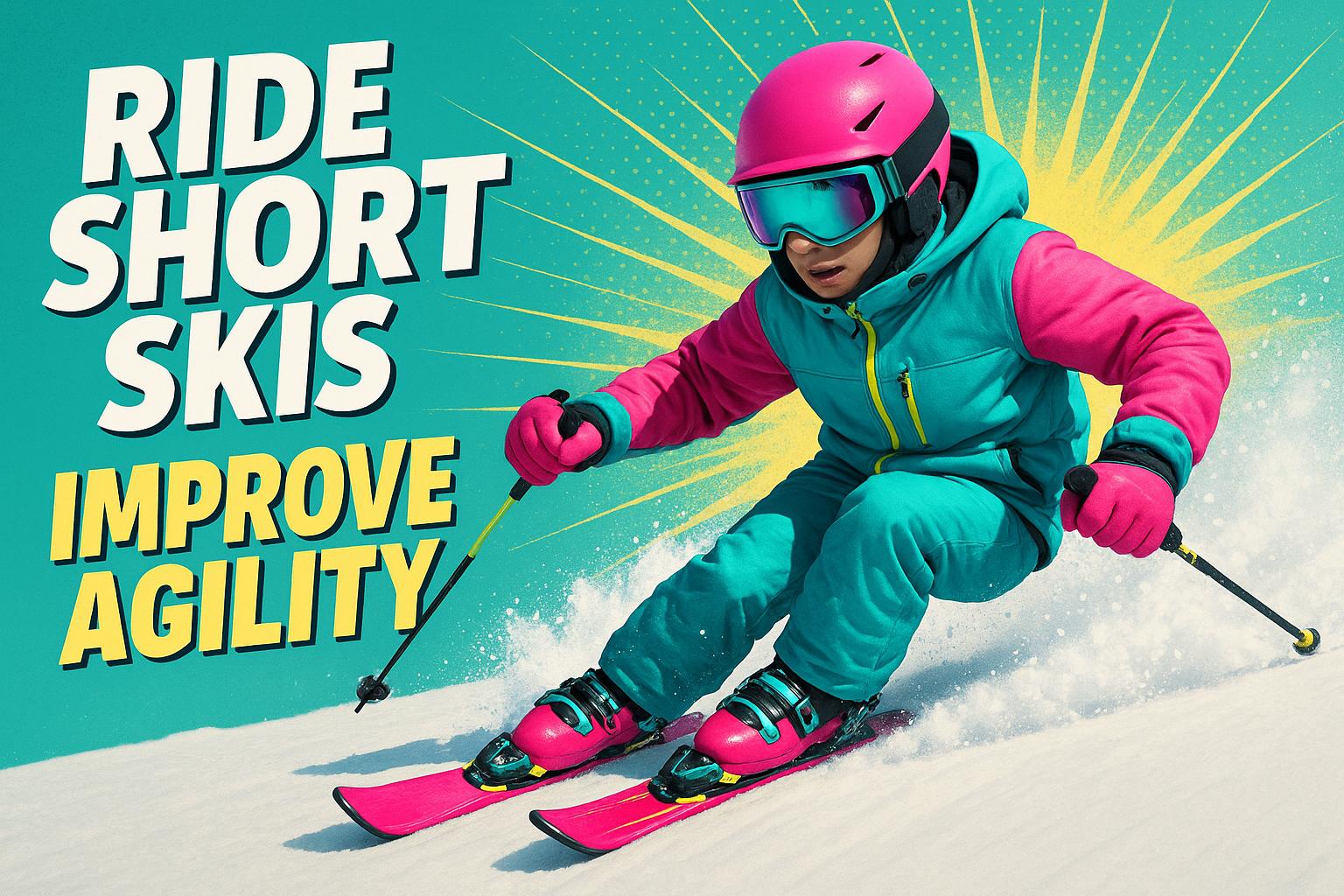
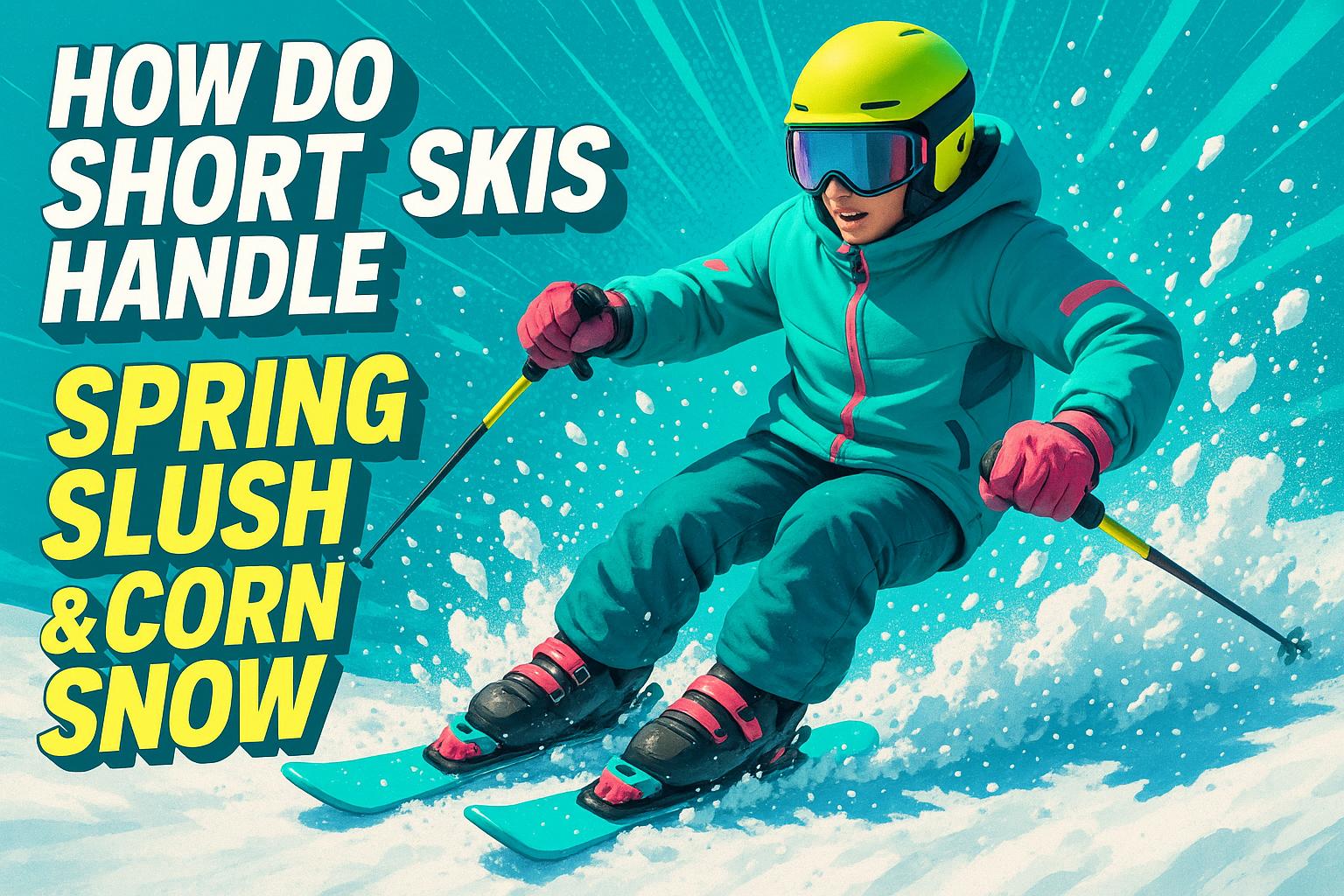







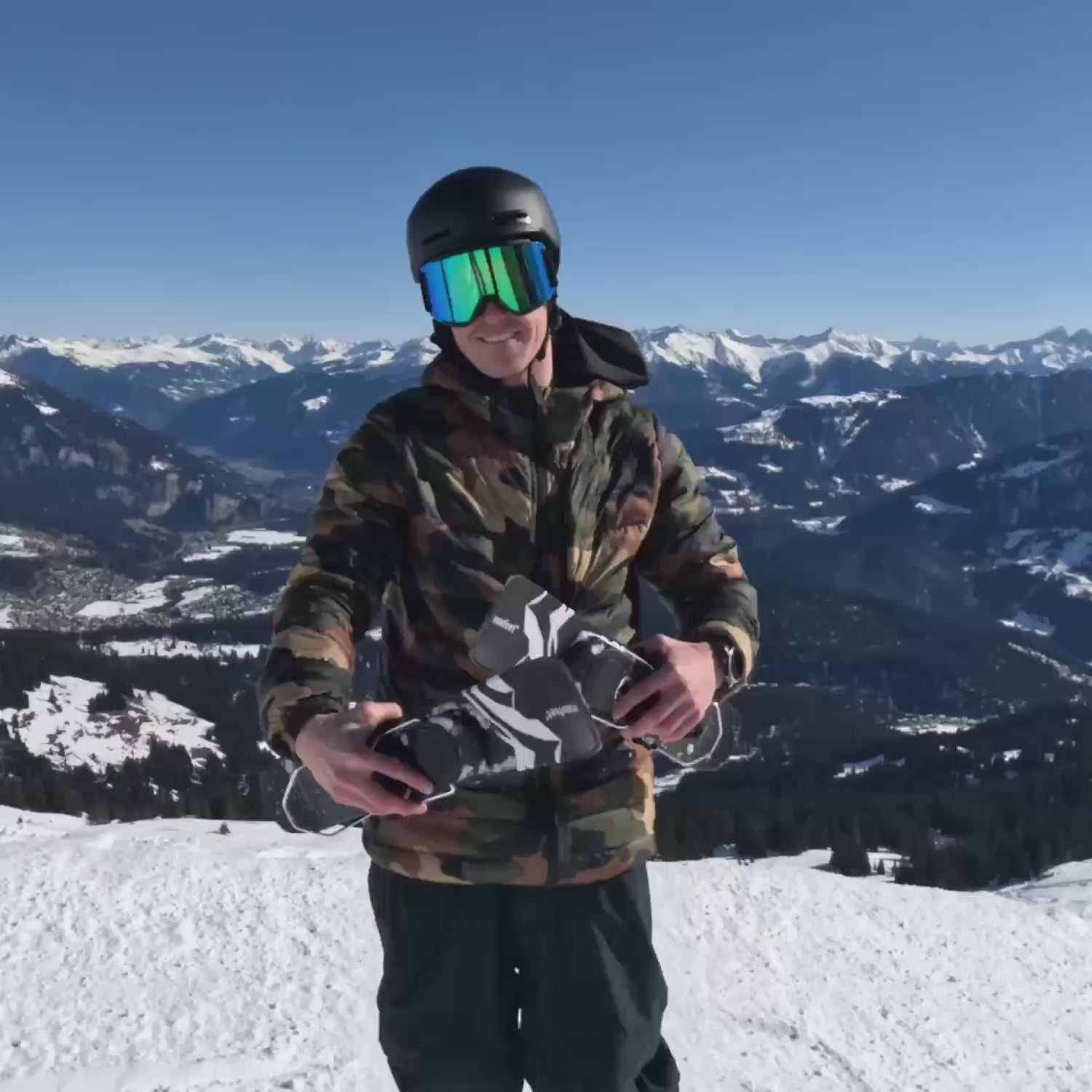

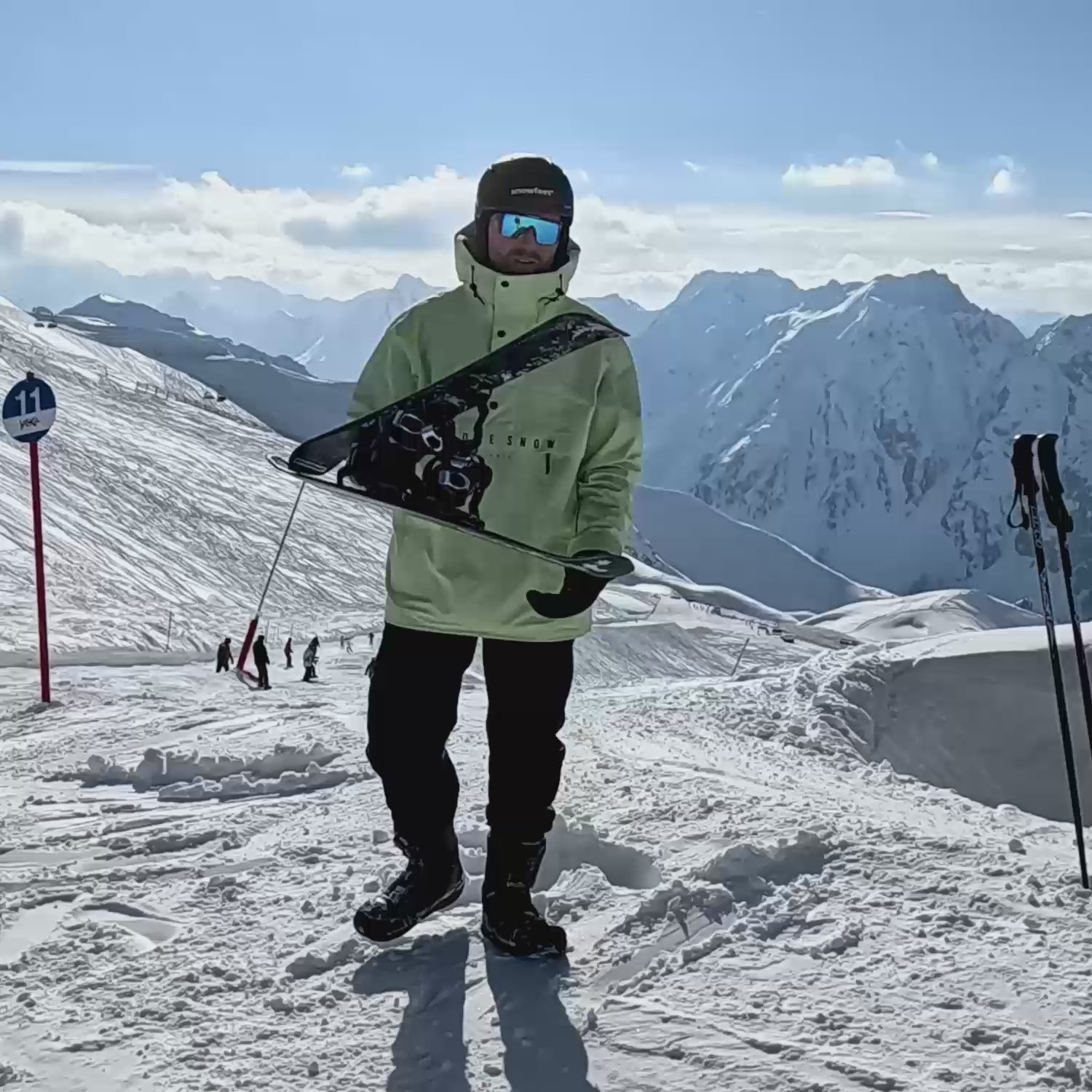
Leave a comment
This site is protected by hCaptcha and the hCaptcha Privacy Policy and Terms of Service apply.